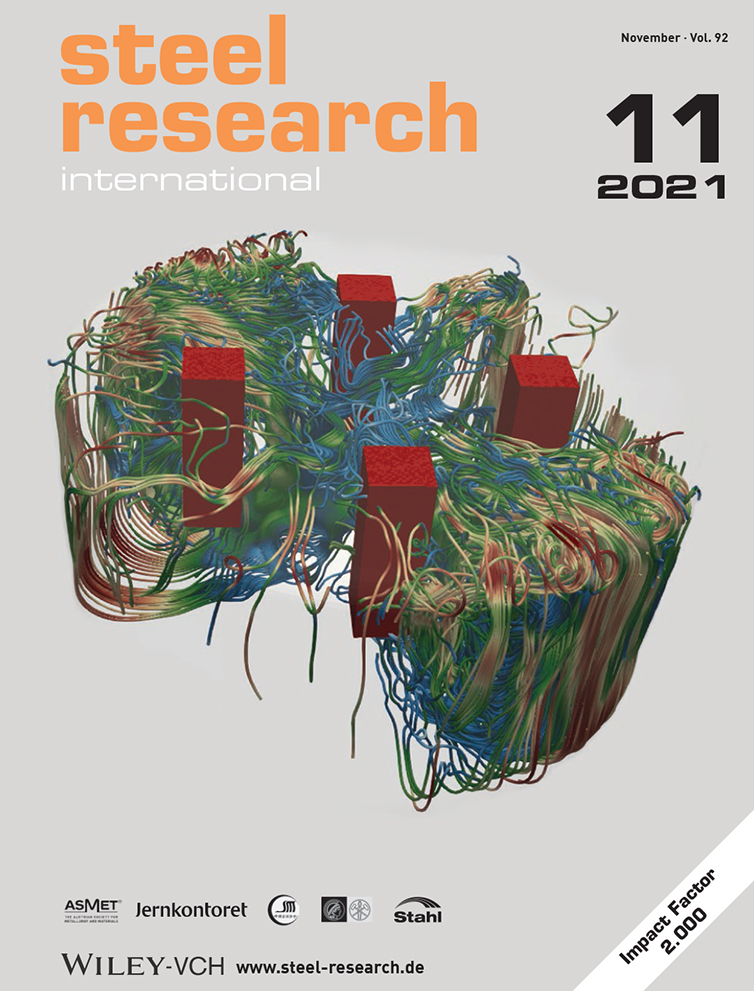Slanted Blades Optimizing Grain Texture and Work Hardening of Non-Oriented Electrical Steel in Stress Coverages during Shearing and Blanking Processes
Research data are not shared.
Abstract
The texture deterioration and work hardening in nonoriented electrical steel during the necessary shearing and blanking process are relaxed and avoided by the slanted blades, which possess certain angles with sheets at the transverse direction of blades. The conditions of collapse edges and excrescent burrs are ameliorated conveniently with the new technical idea. At the stress coverage by the shearing process, the deformed grains rotate from the original γ (<111>//ND) fiber texture toward the near-{001} texture, which benefits the dominant advantage of the favorable textures and the improvements in magnetic performances. According to the investigation, adopting the single-slanted blade with 45° with a flat backplate for blanking sheets into sections or complex shapes shows low hardened coverage, small sheared zones without extensive fault zones on the sheared planes, and significant texture optimization in deformed grains. This investigation benefits the shearing and blanking methods for optimizing cutter layouts.
Conflict of Interest
The authors declare no conflict of interest.
Open Research
Research data are not shared.




